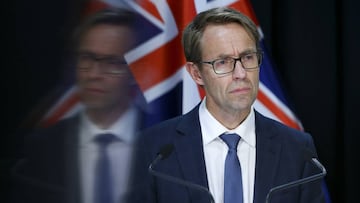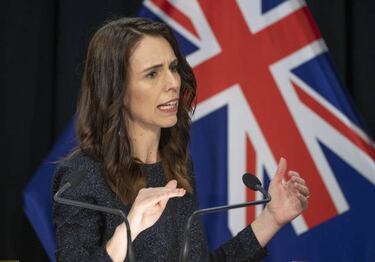Coronavirus: how has New Zealand "eliminated” Covid-19?
With the southern hemisphere nation claiming to have got rid of the virus that is devastating most of the world, we look into how exactly that happened and what can be learned.

On Monday, New Zealand’s General Health Director, Ashley Bloomfield, told the press that the country had effectively ‘eliminated’ Covid-19 as the government announced the lifting of some restrictions put in place. With just one new case confirmed, four ‘probable’ cases and a single death, Bloomfield said it ‘gives us confidence that we've achieved our goal of elimination, which never meant zero but does mean we know where our cases are coming from.
**Follow all the latest coronavirus developments**
New Zealand's Covid-19 elimination
"Our goal is elimination,” he continued, “and again, that doesn't mean eradication but it means we get down to a small number of cases so that we are able to stamp out any cases and any outbreak that might come out."
The country’s Prime Minister, Jacinta Ardern, also made their stance clear.
“As we have said, elimination means that we may well reach zero but we may well then have small numbers of cases coming up again.

“That doesn't mean we have failed, it just means that we are in a position to have the zero tolerance approach to have a very aggressive management of those cases and keep those numbers low and fading out again.”
So, what has New Zealand done?
By the middle of March, New Zealand had six confirmed cases of coronavirus and it was at this point (14 March) that the prime minister made the decision that anyone entering the country would have to self-isolate for two weeks. Six days later, no foreign national was allowed into the country.
Three days later, on 23 March, the government closed down ‘non-essential’ businesses, schools were closed, and public gatherings were cancelled. Working from home had to be done by those who could with only key workers being able to use public transport. By this point there had been just over 100 cases and still no one had died from the disease. This was lockdown level 3.
Level 4, the strictest available, was implemented on 25 March. This effectively meant that the general public had to remain at home, with only time out allowed for essential activities, which did include some exercise. Social distancing was a must. This order was aligned with an increase in testing across the country.
Related stories
Even though testing was up, one of the highest rates in the world, cases being detected were falling into April but this didn’t immediately see restrictions lifted, with new arrivals also having to spend two weeks in a controlled quarantine location.
Now New Zealand returns to lockdown level 3, and the following months will be watched with interest.

